Why Are My Dishes Still Dirty? A Pro’s Guide to Actually Getting Them Clean
I’ve spent years in the trenches, installing and fixing every kitchen appliance you can imagine. And honestly, the number one complaint I hear isn’t about a catastrophic breakdown. It’s that moment of pure frustration when someone opens their dishwasher expecting sparkling dishes and finds… well, a mess. Food is still caked on, glasses are cloudy, and it feels like a total waste of water and time.
In this article
The first thought is usually, “Great, the machine’s broken.” Sometimes, that’s true. But far more often, the real problem is just a misunderstanding of how these powerful machines actually work. A dishwasher isn’t a magic box; it’s a high-performance tool that needs the right conditions to do its job. Once you get the fundamentals down, you can solve most of these issues yourself and get amazing results every single time.
The Science Happening Inside the Box
To fix a problem, you’ve got to understand the system. When you hit that ‘Start’ button, your dishwasher kicks off a carefully choreographed ballet of water, heat, and chemistry. If any one of these elements is off, the whole performance suffers.
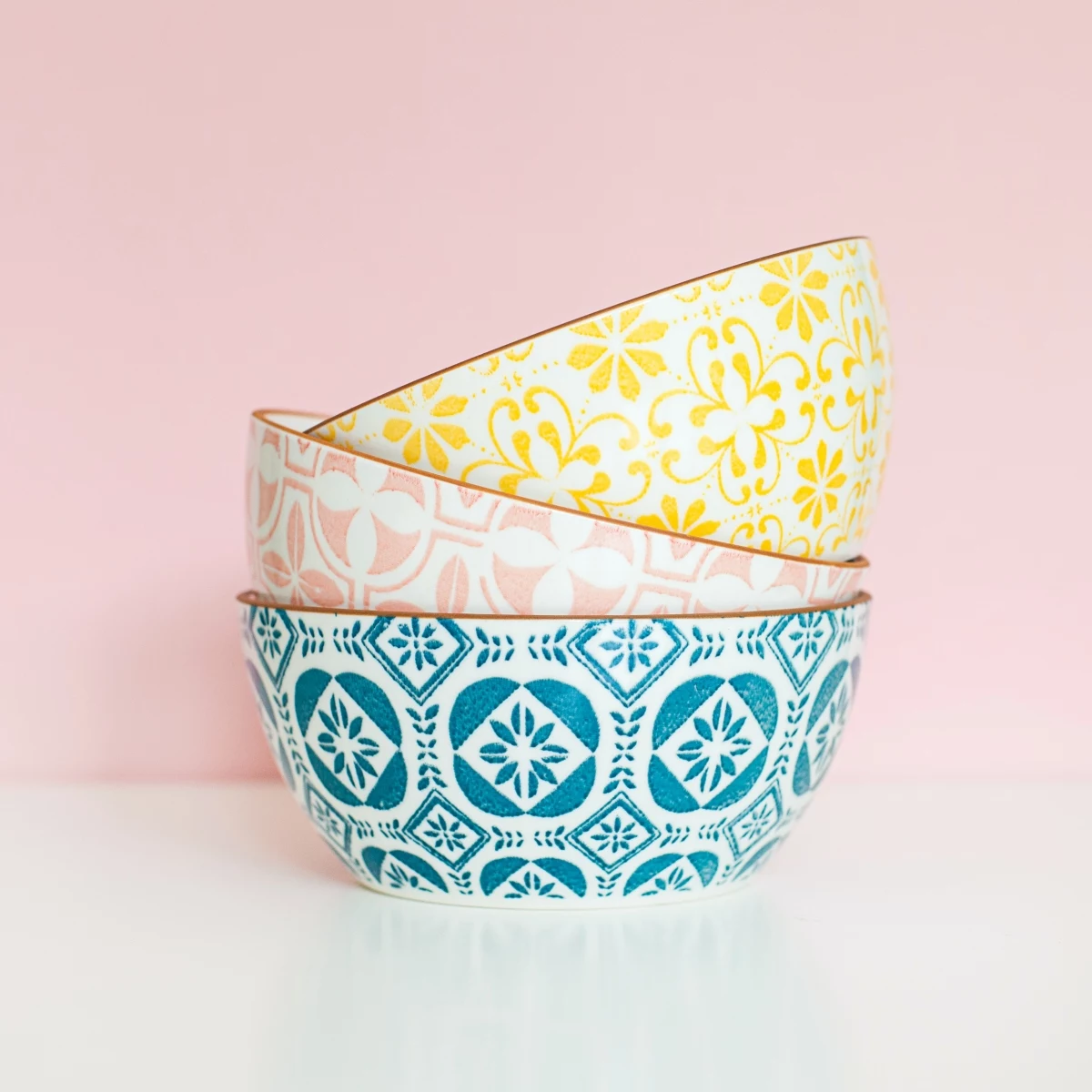
The Four Pillars of a Perfect Wash
Every single cycle relies on four things working in harmony: hot water, powerful detergent, physical force, and, believe it or not, time. If one is weak, the others just can’t pick up the slack.
First, the machine fills with a surprisingly small amount of water—just 3 to 5 gallons for the whole show. It pulls from your home’s hot water line, but here’s a pro tip: run the hot water at your kitchen sink for a few seconds before starting the dishwasher. This ensures the machine starts with truly hot water instead of spending energy heating up the cold water from the pipes. The dishwasher’s own internal heater then boosts that temperature even higher, typically to a sanitizing 130°F to 160°F. This heat is absolutely critical for melting grease and activating your detergent.
Next, the detergent dispenser pops open at the perfect moment. This is where the chemistry comes in. Good detergents release powerful enzymes—protease to demolish proteins like egg and cheese, and amylase to attack starches like pasta and potato residue. We’ll get into the different types of detergent in a bit, because it makes a HUGE difference.
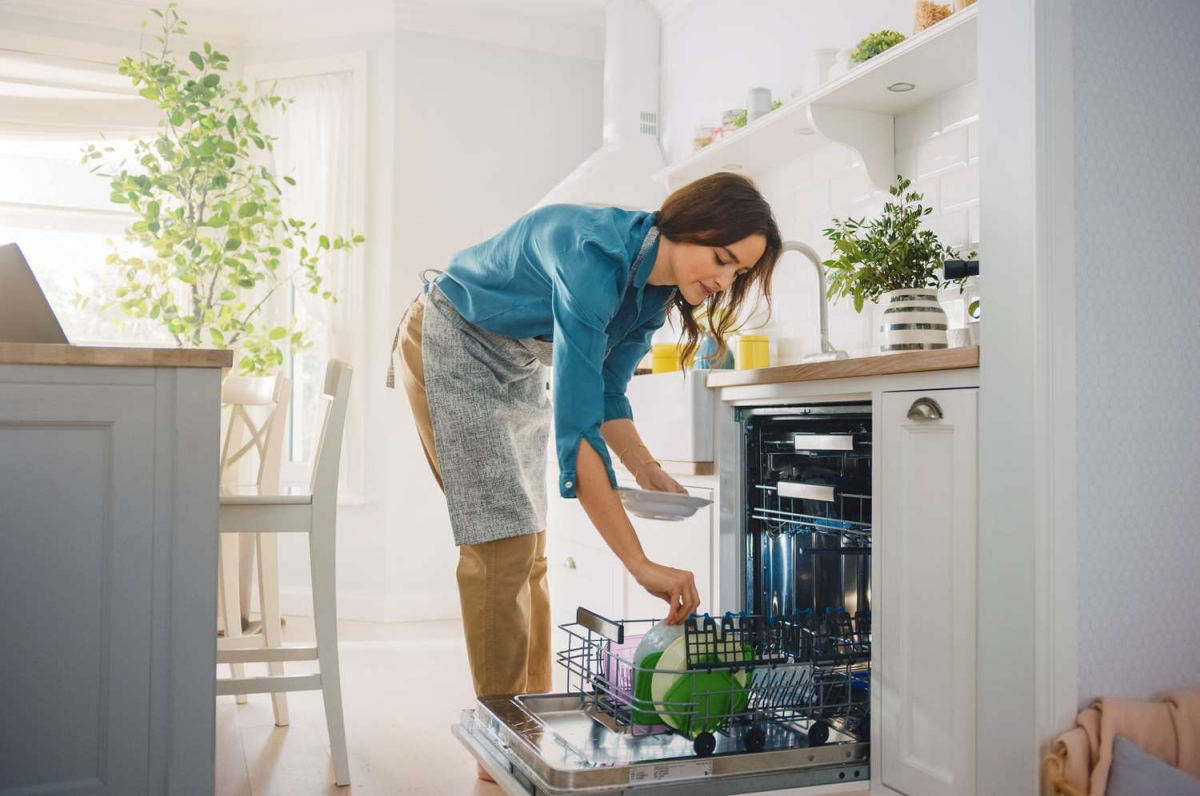
Then comes the force. A pump blasts that hot, soapy water through the spray arms. Those arms are designed to spin like a sprinkler, with angled jets that ensure water gets into every nook and cranny. If even a few of those little holes are blocked, you’ll get a “water shadow” where dishes just don’t get clean.
Finally, the dirty water drains out and the machine does a few rinses with clean water. The final rinse is often the hottest, especially on ‘Sanitize’ settings, which use water hot enough to kill 99.9% of common bacteria. It’s a great feature for families with little ones or anyone with health concerns.
Rinse Aid: It’s More Than Just for Shine
So many people skip the rinse aid, thinking it’s just a marketing gimmick for shiny glasses. It’s not! To be frank, it’s one of the most important ingredients for a good wash, especially in modern machines.
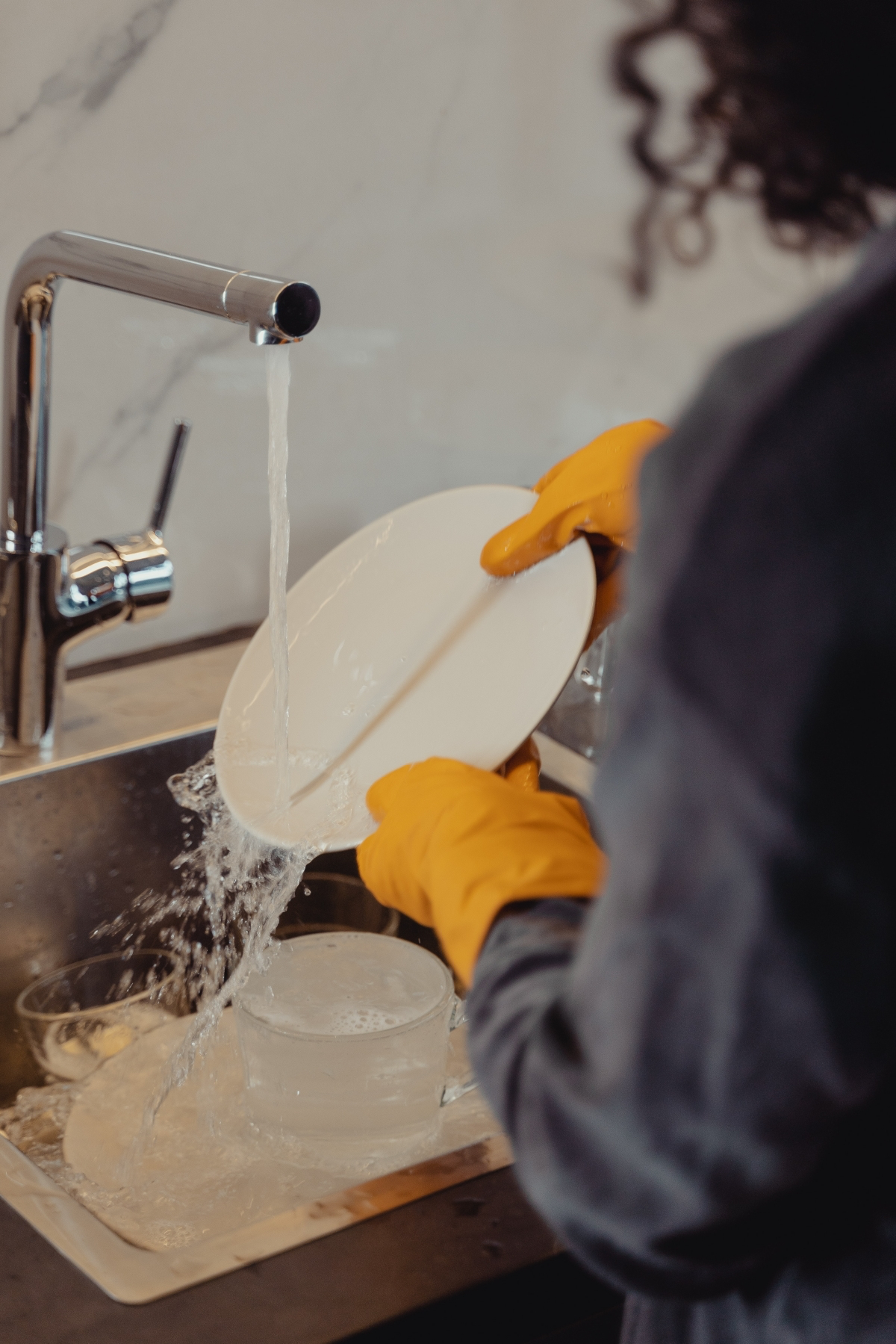
Rinse aid is a surfactant, which is a fancy word for something that makes water… wetter. It breaks the surface tension, so instead of forming droplets that leave spots, the water sheets off your dishes in a thin layer. This massively improves drying. If your dishes, especially plastics, are coming out soaking wet, the first thing to check is the rinse aid. A bottle of something like Finish Jet-Dry costs about $5 and will last you for months.
Quick tip: Most dispensers have an adjustable dial, usually numbered 1 to 5. A good starting point is 3. If you still see spots, bump it up to 4. If you notice a strange purplish film on your glasses, you’re using too much—dial it back to 2.
How to Load a Dishwasher Like You Know What You’re Doing
How you load the machine is probably the single biggest factor you control. I can often tell what the problem is just by peeking inside at how the racks are stacked. The goal is simple: every single item needs a clear, unobstructed path for water to hit it.
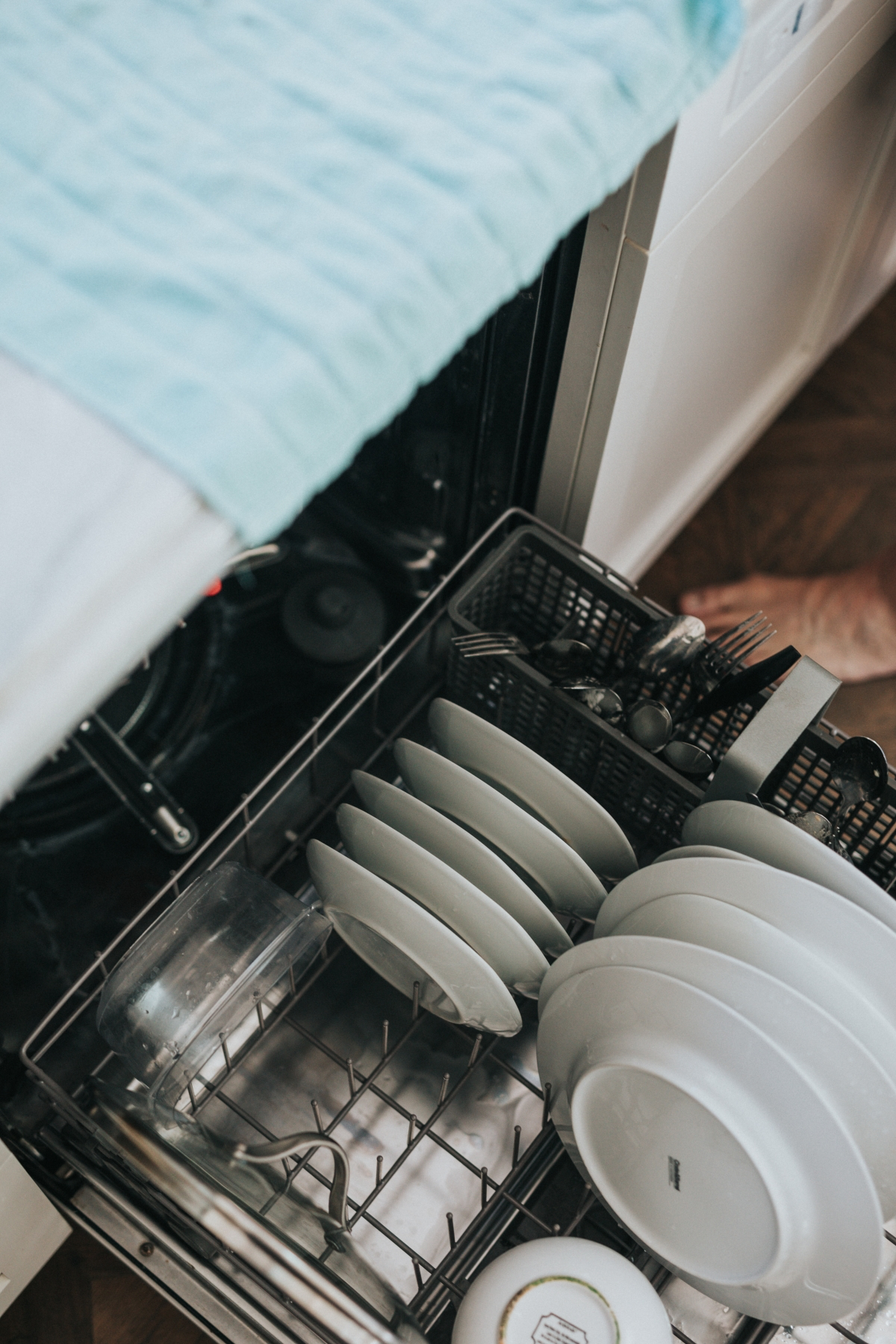
The Great Debate: To Rinse or Not to Rinse?
Here’s a piece of advice that has totally flipped over the years. Back in the day, the wisdom was to wash dishes before you washed them. With older machines and basic detergents, that was necessary. Today, it’s the worst thing you can do.
Remember those enzymes in modern detergents? They need food to work on. If you pre-rinse your dishes until they’re spotless, the detergent has nothing to attack but the surface of your glassware. This leads to etching—a permanent, cloudy film that ruins glasses. The correct method is to scrape large chunks and leftovers into the trash. Leave the sauces, the smears, and the residue. That’s what you bought the detergent for!
A Methodical Stacking Guide
Think about where the water comes from: a big spray arm at the bottom and a smaller one under the top rack. Some fancier models even have a third one at the very top.

- Bottom Rack: This is for your heavy hitters—plates, pots, and pans. Face plates inward toward the center so the spray arm has a direct shot. Stand large cutting boards or platters along the sides where they won’t block the arm’s rotation. Before you close the door, give that bottom arm a quick spin with your hand to make sure it can move freely.
- Top Rack: Reserved for more delicate items like glasses, mugs, small bowls, and dishwasher-safe plastics. Place everything upside down and at a slight angle. This lets water get in and, more importantly, lets it drain out during the dry cycle. A bowl placed flat-side-up is just a tiny bathtub for dirty water.
- The Silverware Basket: Don’t group your spoons with spoons and forks with forks! They’ll “nest” together and block the water. Mix them all up to create space. A personal safety tip learned the hard way: knives always go blade-down. Forks clean best tines-up, especially if your basket has a cover to keep them separated.
And the golden rule: don’t overcrowd. It’s much better to run two properly loaded cycles than one overstuffed one that you have to rewash anyway.

The 5-Minute Maintenance Nobody Tells You About
Your dishwasher cleans your dishes, but it absolutely does not clean itself. Ignoring basic maintenance is the number one reason for a slow decline in performance. I once pulled a filter that had a whole family of olive pits living in it. The client swore their dishwasher was broken, but a 5-minute rinse of the filter made it run like new.
Clean Your Filter. Seriously.
Almost every modern dishwasher has a removable filter at the bottom of the tub to catch debris. You have to clean it. For an average family, check it once a month. If you run a load daily, check it every couple of weeks. It’s easy:
- Pull out the bottom rack.
- Find the filter. It’s usually a cylinder you can twist a quarter-turn to unlock.
- Lift out the filter and the mesh screen underneath it.
- Rinse them in the sink under hot water. You’ll probably find a disgusting, greasy film of old food. That’s normal! Use a soft brush (an old toothbrush is perfect) to scrub away the gunk.
- Wipe out the area where the filter sits and pop it back in, making sure to lock it into place.
This five-minute task will have a bigger impact than almost anything else you can do.
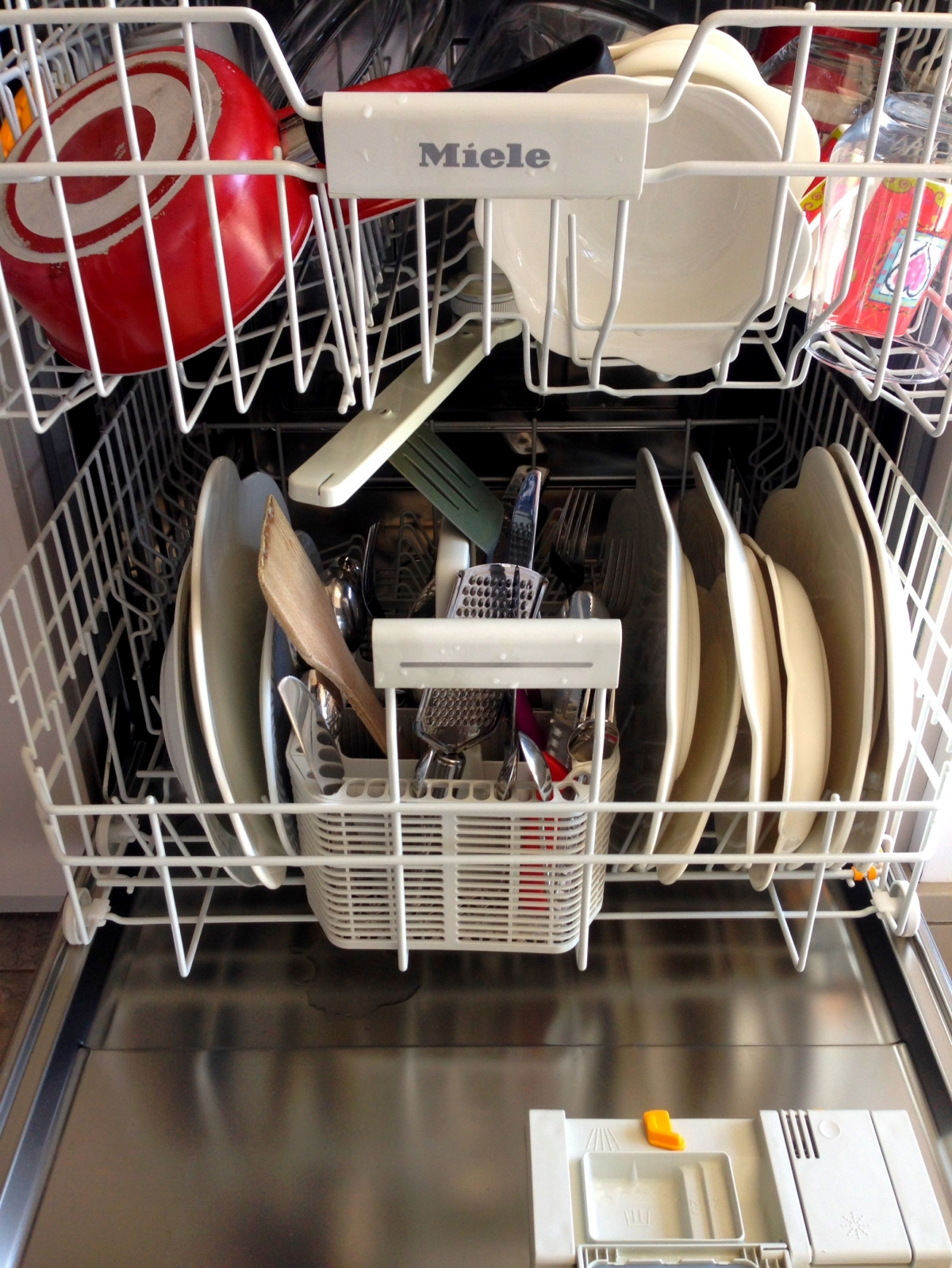
The Hard Water Problem (And How to Fight Back)
Where you live has a huge impact on your dishwasher. Hard water is loaded with minerals like calcium and magnesium, and it’s the arch-nemesis of any appliance that uses water. These minerals prevent your detergent from working properly and leave a chalky, white film on everything.
How Do I Know If I Have Hard Water?
This is the first question to answer. Luckily, it’s pretty simple. First, check your local water utility’s website; they often publish an annual water quality report. If you want a definitive answer, you can buy a cheap water hardness test strip kit from any hardware store or online for under $10.
Your Hard Water Warrior Shopping List
If you’ve confirmed you have hard water, you need to arm yourself. Here’s what I recommend to my clients:
- A High-Quality Pod Detergent: Look for pods like Cascade Platinum Plus. They have water softeners and rinse aid built right in. A big container might run you $20-$25, but it’s cheaper than rewashing dishes.
- Rinse Aid: This is non-negotiable. Finish Jet-Dry is a classic for a reason. A bottle is about $5.
- A Citric-Acid Based Cleaner: Once a month, run an empty, hot cycle with a dedicated cleaner like Lemi Shine or Affresh. This dissolves the mineral buildup inside your machine. A pack costs around $8.
- Rack Repair Touch-up Paint: If you see rust spots on the vinyl coating of your racks, the exposed metal could be the culprit. A small bottle of repair paint is about $10 and seals the rust away.
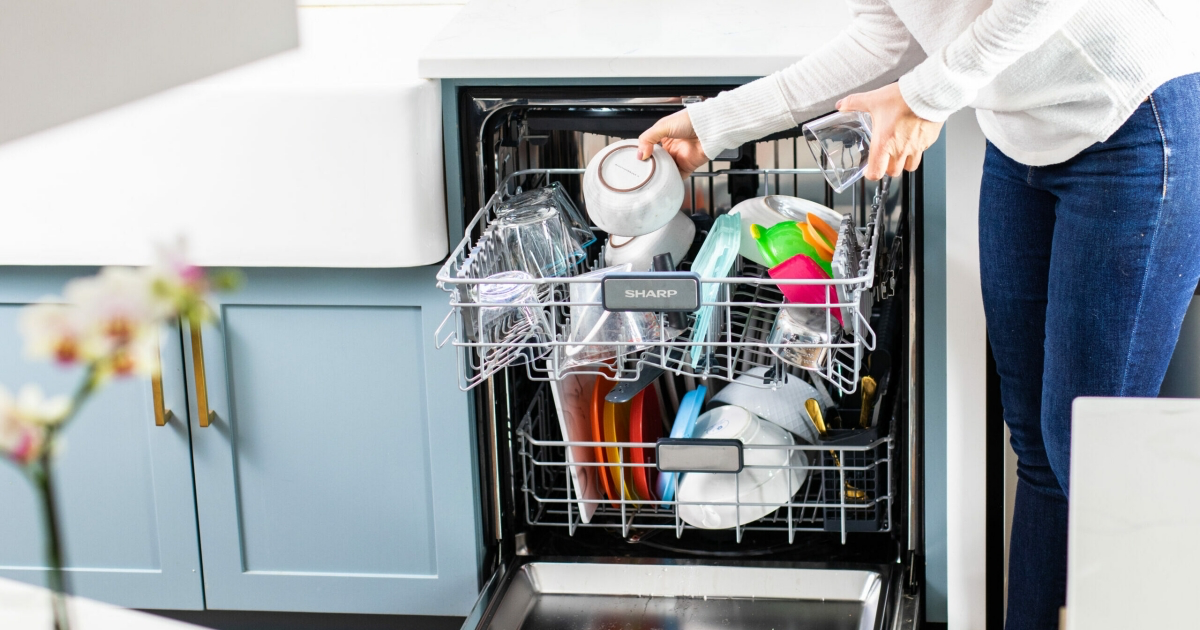
The Great Detergent Debate: Pods vs. Powder vs. Gel
Walking down the detergent aisle is confusing. What’s actually worth the money?
Pods or Tablets are the top performers, hands down. They are perfectly measured and often pack in multiple features like water softeners, rinse aid, and degreasers. The convenience is unbeatable, but they are the most expensive option.
Powder is the budget-friendly workhorse. Its biggest advantage is that you can customize the dose. If you have very soft water, you can use less. If you have very hard water, you can add a little extra. It’s effective, but can be a bit messy to handle.
And then there’s Gel. Honestly? I’d skip it. It’s often cheaper than pods, but it rarely contains the enzymes or bleaching agents needed for tough stains, and it’s a common cause of poor cleaning performance.
When You’ve Tried Everything…
Okay, so you’ve cleaned the filter, loaded correctly, and are using the right products, but problems persist. Let’s look at a few common culprits.
- Problem: Cloudy Glassware. Soak a cloudy glass in white vinegar for 5 minutes. If the film disappears, it’s hard water minerals. If it stays, it’s likely permanent etching caused by using too much detergent with very soft water.
- Problem: Dishes Are Soaking Wet. This is almost always a rinse aid issue. It’s the single easiest fix. Your quick win for today: find that little rinse aid cap (usually next to the detergent cup), and make sure it’s topped off. It makes a world of difference for drying.
- Problem: Rust Spots on Cutlery. Your stainless steel isn’t rusting; it’s having rust deposited on it. Check for a cheap, non-stainless utensil or a chipped spot on the dishwasher rack.
Know When to Call a Professional
While you can handle all of the above, a dishwasher mixes water and electricity. Don’t take risks. It’s time to call a technician if you hear loud grinding noises, if the machine won’t fill or drain at all, or if the water isn’t getting hot. A service call might cost between $100 and $200 just for the diagnosis, but trying to fix a faulty heating element or pump yourself can easily turn a simple repair into a much more expensive disaster. Trust me, it’s always cheaper to get it done right the first time.
Inspirational Gallery with Photos
- Prevents food particles from being redeposited on clean dishes.
- Ensures optimal water flow to the spray arms.
- Reduces unpleasant odors from trapped, decaying food.
The secret? A clean filter. Most modern dishwashers, like those from Bosch or Miele, have a twist-off filter at the bottom of the tub. A quick rinse under the sink once a month is the single best thing you can do to maintain peak performance.
According to ENERGY STAR, using a certified dishwasher can save more than 8,000 gallons of water each year compared to handwashing.
That persistent myth that handwashing is more eco-friendly is simply not true. Modern dishwashers are engineering marvels of efficiency. So, stop feeling guilty about running a full load—you’re actually making the greener choice, saving both water and the energy required to heat it.
Pods/Tablets: These are the most popular for a reason. Pre-measured and often multi-chambered, premium options like Cascade Platinum Plus or Finish Quantum Ultimate release different agents (enzymes, bleach, rinse aid) at specific times in the cycle for maximum power.
Powder: The classic choice offers the most flexibility. You can easily adjust the amount based on how soiled your dishes are, which is great for smaller or lighter loads. It’s also typically the most budget-friendly option.
For most users, the convenience and advanced chemistry of a high-quality pod deliver the most consistent, sparkling results.
Are rinse aids just a marketing gimmick?
Absolutely not. Rinse aid is a surfactant, meaning it reduces the surface tension of water. Instead of forming droplets that cling to your dishes and leave mineral spots as they dry, water sheets off cleanly. This is especially crucial for glassware and plastics. If you see spots or your dishes are still wet, a rinse aid like Finish Jet-Dry is the solution. Many machines have an adjustable dispenser, so you can increase the amount if you have particularly hard water.
The cloudy film on your glasses is one of two things: hard water mineral deposits or permanent etching. To find out which, soak a glass in white vinegar for five minutes. If the cloudiness disappears, you have hard water buildup—a good detergent and rinse aid will solve it. If the film remains, the glass surface has been permanently scratched (etched) by a combination of soft water and harsh detergents. Unfortunately, this cannot be reversed.
- Place cups and glasses between the tines on the top rack, never over them, to ensure water reaches inside.
- Don’t let spoons ‘nest’ together in the cutlery basket; alternate them head-to-toe for better cleaning.
- Face the dirty side of plates and bowls towards the center spray arm.
- Avoid blocking the tall, rotating spray arm with large pans or cutting boards on the bottom rack.
The #1 Loading Mistake: Nesting. It’s tempting to quickly toss silverware into the basket, but when spoons or forks ‘cuddle’ together, water and detergent can’t possibly reach the surfaces between them. The result is a splotchy mess with food still stuck on. Always alternate utensils to create space.
Modern dishwasher detergents contain enzymes that are designed to attach to food particles.
This means that pre-rinsing your dishes until they are practically clean can actually make your detergent less effective! The enzymes have nothing to ‘eat,’ so they can’t do their job. The correct method is to simply scrape off large food chunks and let the machine and the detergent handle the rest. You’ll save time, water, and get cleaner dishes.
What’s the best way to clean the machine itself?
Over time, grease and mineral deposits can build up inside your dishwasher, affecting performance and causing odors. Once every month or two, place a cup of white vinegar in a dishwasher-safe bowl on the top rack and run a hot, empty cycle. This natural acid wash breaks down buildup and leaves the stainless steel interior sparkling and smelling fresh.
Pay attention to what’s ‘dishwasher safe,’ especially with plastics. A symbol with water droplets means it’s safe for the top rack only, away from the intense heat of the drying element at the bottom. A symbol that looks like dishes in a rack is generally safe for any rack. Placing a ‘top-rack safe’ plastic item on the bottom is a surefire way to end up with a warped, melted mess.










